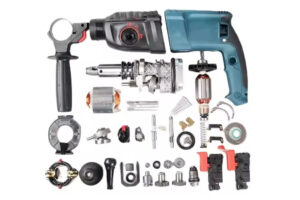
Powder Metallurgy Applications in Power Tools
Power tools make everyday work tasks a lot easier. Today, power tools are moving towards being compact, lightweight, and safe. This naturally goes hand in
With the advancement of technology, powder metallurgy in automotive applications is becoming more widespread.
Do you know how many powder metal parts are in an automobile?
More than 1,000 powder metallurgy parts are used in automobiles, according to “Advance in Powder Metallurgy.” Normal weights for sintered parts for U.S. vehicles range from 13 to 45 kg.
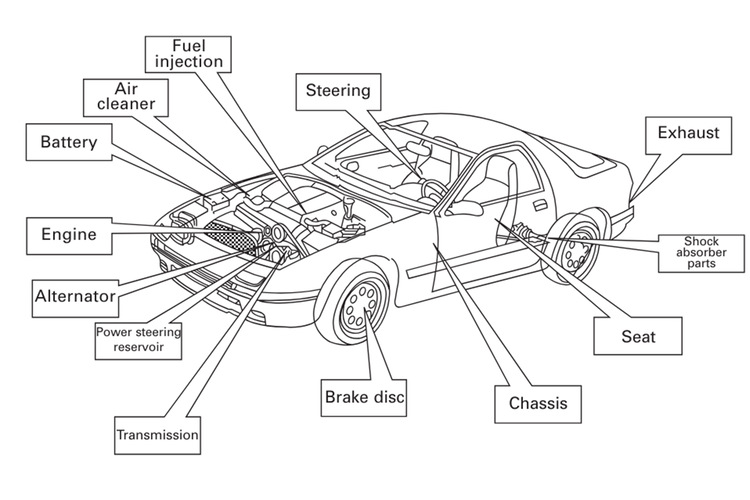
Let’s dive right in:
The powder metallurgy process utilizes a wide range of raw materials, including:
When you consider cost-effectiveness and the mechanical properties of the product are not high, you can choose iron. For example, iron-based oil-containing bearings, textile machinery accessories, rib mold gun accessories, etc.
Alloy steel is a type of steel that has some alloying elements incorporated into it. And you could choose different alloy steels according to the mechanical performance requirements of the product Common types of alloy steel include FN-0205, FD-0205, and FLC-4608.
Products made of aluminum alloy are lighter and can reduce vehicle weight, improving fuel efficiency.
You may see it in the following products:
Copper, including bronze and brass, is employed for oil-impregnated bushings, filters, brake bands, and clutches. Due to its high electrical conductivity, copper is applied in some electrical contacts, voltage regulators, circuit protectors, relays, and contact brushes.
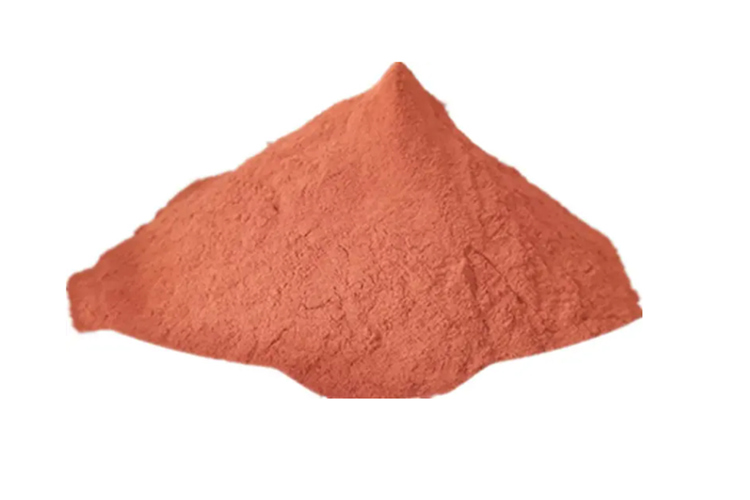
Titanium alloys are excellent alloy materials known for their low density, high strength, and good corrosion resistance. For instance, Ti-6Al-4V, also known as Ti64, is suitable for manufacturing intake valves, timing pulleys, and fuel pump filters.
Metal matrix composite formed by aluminum alloy and ceramic has an excellent strength to weight ratio, stiffness, and ductility. Here are some examples.
Ford uses MMC to increase the critical speed of the driveshaft.
Some Honda engine cylinders utilize aluminum-based composites, including F20C, H22A, and H23A.
Ceramic powders are increasingly applied in vehicle for their unique properties such as high hardness, wear resistance, thermal stability, and lightweight. Ceramic materials are also used in brake pads and sensors.
Common Sintered Soft Magnetic Materials include:
PM soft magnetic materials are commonly employed in rotors and stators of alternators and generators, ABS sensor rings, and pump angle sensors.
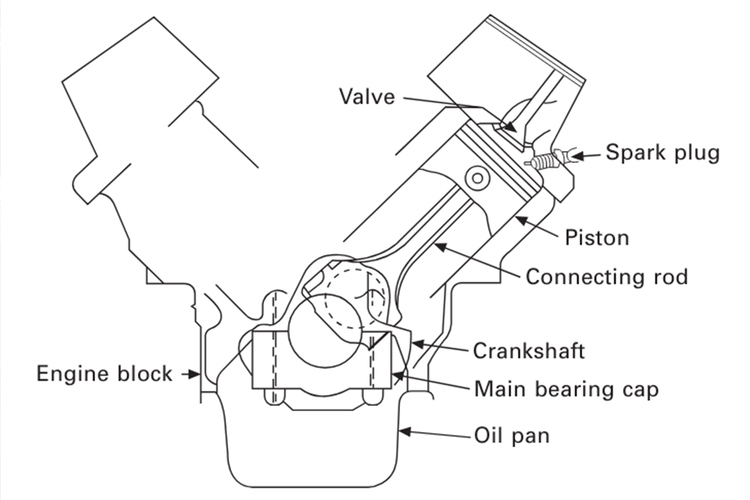
An oil-impregnated bearing is a type of bearing where oil is absorbed and retained within its structure through an impregnation process. These bearings are manufactured using powder metallurgy, which creates a porous structure capable of absorbing and holding oil.
Oil-retaining bearings are used in various parts of a car engine, including camshaft bearings, connecting rod bearings, and crankshaft main bearings
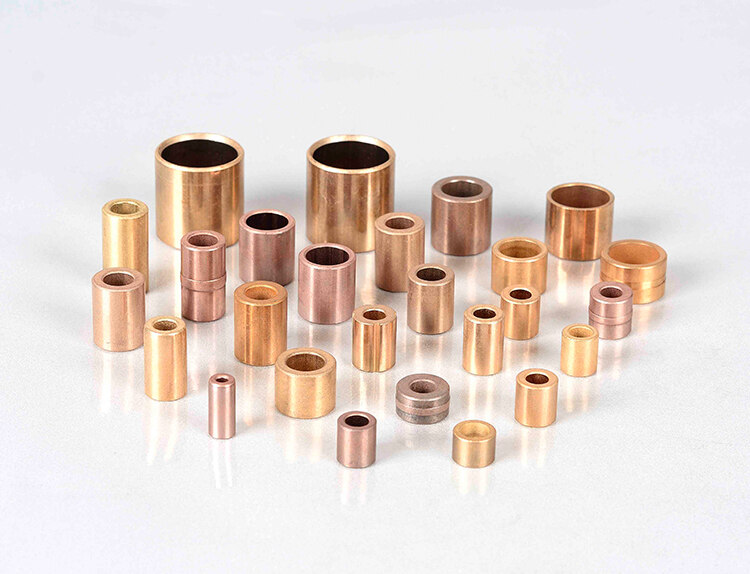
Benefits of oil-retaining bearings:
The crankshaft timing gear is a gear mounted on the engine crankshaft. It ensures that the crankshaft and camshaft rotate in precise synchronization.
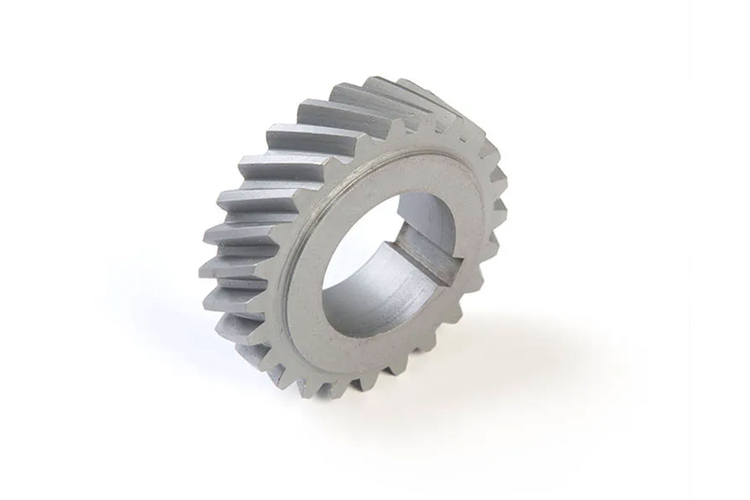
It has the following roles in the operation of the vehicle engine:
They are usually made of high-strength materials such as forged steel, aluminum, or titanium to withstand the huge forces encountered during engine operation.
Valve seat inserts provide durable and heat-resistant seating surfaces for the engine’s intake and exhaust valves. These inserts are placed in the cylinder head where the valves meet the cylinder head, ensuring a tight seal when the valves are closed.
Oil pump rotor is responsible for circulating oil throughout the engine. This lubricates moving parts, reduces friction, and removes heat. Through PM technology, you can design complex and high-precision oil pump rotors.
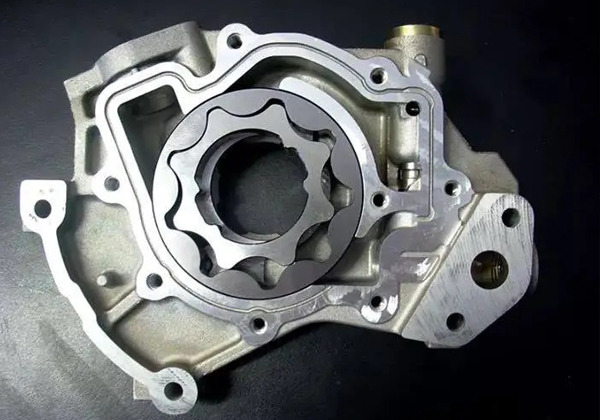
The function of the water pump pulley is to drive the water pump in the internal combustion engine. The water pump pulley material needs to be highly durable and wear-resistant, such as FC-0208
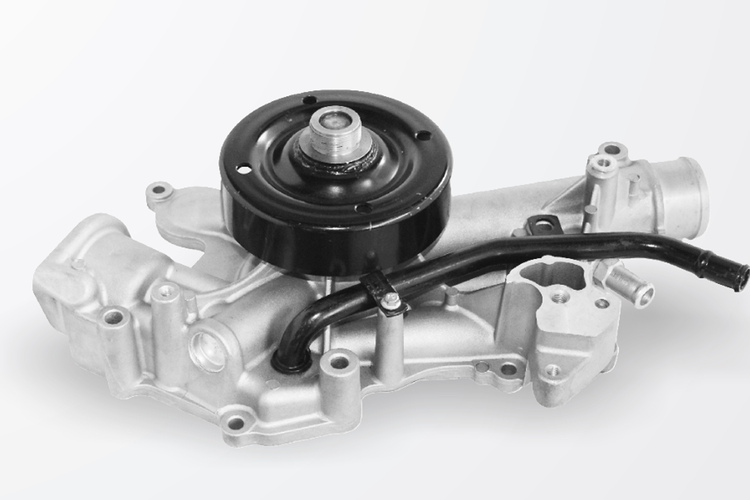
Timing pulley helps the synchronized rotation of the camshaft and crankshaft.
Crankshaft bearing cap, also known as a main bearing cap, primarily functions to secure the crankshaft within the engine block. Besides, bearing caps are beneficial in distributing the loads and stresses exerted on the crankshaft during engine operation. Powder metal bearing caps have good fatigue performance and are lightweight.
A crankshaft sprocket is a toothed wheel or gear that is mounted on the crankshaft of an internal combustion engine. Its primary function is to drive the timing chain or timing belt, which in turn synchronizes the rotation of the crankshaft and the camshaft(s).
The main role of the automotive synchronizer is to match the speed of the gears, ensuring smoother gear shifts. The synchronizer cone ring not only enhances gear shifting but also reduces wear on the synchronizer.
Previously, synchronizer cone rings were made using the forging process, which provided high strength but was costly. Using powder metallurgy for synchronizer cone rings can effectively reduce costs and improve component precision.
The clutch hub aids smooth engagement and disengagement of the clutch. This enables efficient power transmission and smooth gear shifting.
Planetary gear is a complex gear system consisting of one or more outer gears that rotate around a central gear. In an automotive automatic transmission, it is an integral part that allows the vehicle to accelerate smoothly and efficiently.
The ABS sensor rings work in conjunction with the ABS sensors to monitor the rotational speed of each wheel. They provide the ABS control unit with the necessary input data to prevent your wheels from locking during braking.
Exhaust systems
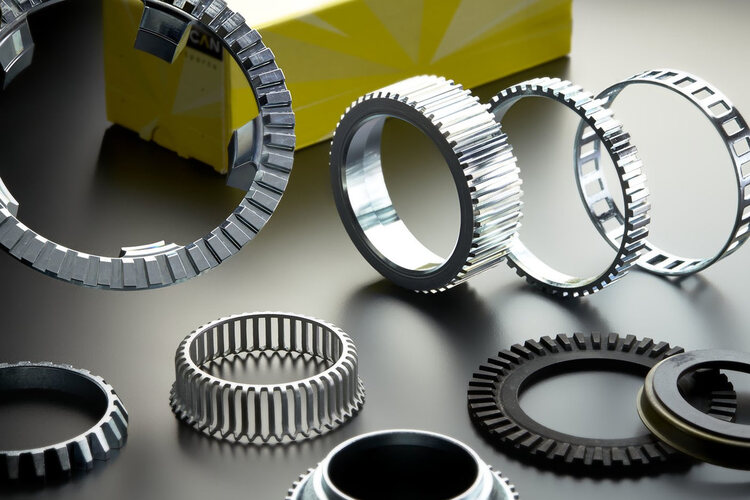
Compared with forging and casting processes, powder metallurgy sintering process requires lower temperatures and saves more energy.
Therefore, it reduces the cost of automobile production.
PM can produce product with higher precision, which provides a guarantee for the smooth operation of engines and other accessories.
Thanks to the rapid shaping of metal powder during the compacting process, you can quickly produce large quantities of small and medium-sized parts. This improves the efficiency of automobile production.
Powder metallurgy can utilize lighter raw materials, thereby reducing the weight of parts. For example, the aluminum sprocket and rotor in automotive cam phasers weigh only 450 grams, while the sintered iron sprocket weighs 900 grams. This not only reduces automobile fuel consumption, but is also good for the environment.
Since all powder metallurgy components are produced through the same mold, the performance of the same product is highly consistent
Powder metallurgy is a continuously developing manufacturing technology that can economical mass production of high-precision complex parts. Today, the automotive industry is moving towards automation, energy conservation and environmental protection. The role of powder metallurgy cannot be ignored, it can enhance the mechanical properties of product while reducing costs.

Power tools make everyday work tasks a lot easier. Today, power tools are moving towards being compact, lightweight, and safe. This naturally goes hand in
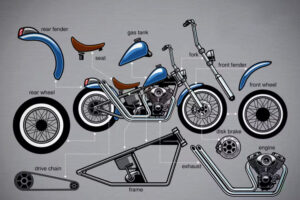
Motorcycling is closer to nature and easier to maneuver than driving. Many young people like this cool and exciting mode of transportation. Motorcycles are also
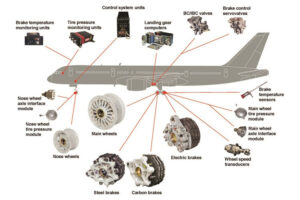
You may have heard that powder metallurgy (PM) is widely applied in the mechanical industry. But do you know about powder metallurgy applications in aerospace?
Email: [email protected]
Copyright © 2024 NINGBO BLUE MACHINES CO., LTD. | All Rights Reserved.
Our engineering team will respond to you within 24 hours.
Submit your question and we will get back to you shortly.